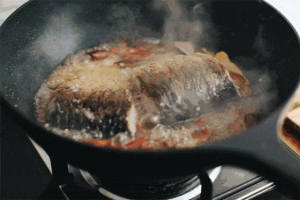
Frying, stir-frying, deep-frying, and rinsing… However, you may have overlooked that food is the damage caused by excessive inhalation of oil fume. A new study recently showed that oil fume may increase the risk of atherosclerosis.
Decipher why oil fume makes blood vessels hard, and teach you a few ways to minimize the risk of oil fume.
Oil fume is the cause of millions of people dying from indoor pollution
Recently, Chinese experts, in cooperation with multinational teams, conducted a study on 753 adults aged 40 ~ 79 in three provinces of China. It was found that frequent exposure to cooking fume, or solid fuel smoke such as firewood and coal burning, will raise blood pressure and increase the risk of carotid atherosclerosis.
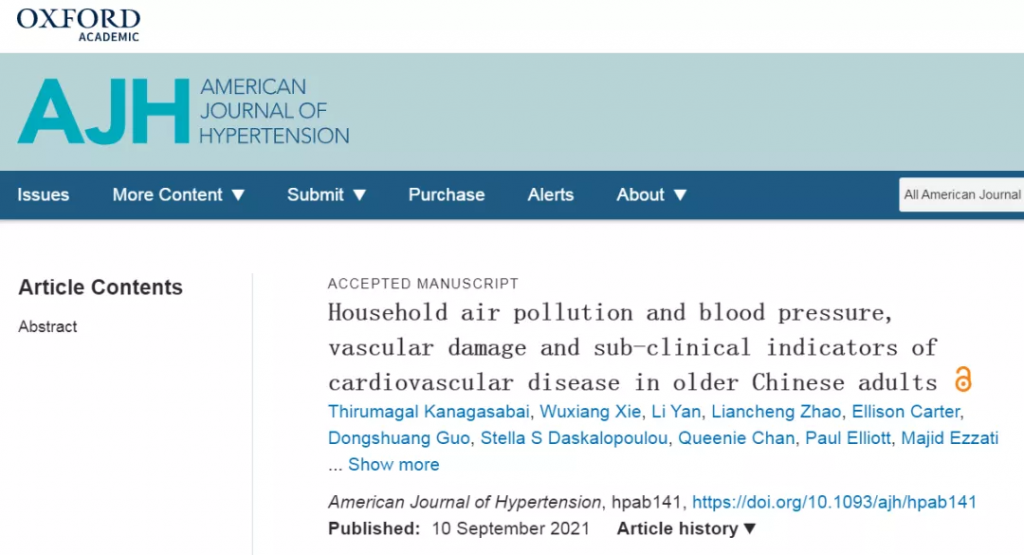
The study was published in the American Journal of Hypertension (AJH), in which the annual exposure concentration of PM2.5 per participant was 97.5 μ g / m3, and 65% of them used solid fuel for cooking.
Further analysis found that compared with those who used electric or gas stoves, those who used solid fuels had higher blood pressure and larger carotid media plaque area.
For each logarithm increase in PM2.5 exposure, systolic blood pressure increased by 1.5 mmHg, diastolic blood pressure increased by 1 mmHg, carotid media thickness increased by 0.02 mm, and plaque area increased by 4.7 mm2.
Another study conducted by British and Chinese researchers reached a similar conclusion. They followed up 270000 residents in five rural areas in China that only use solid fuels for an average of 7 years. The results showed that:
Compared with those who mainly use clean fuels (gas or electricity), those who often use solid fuels for cooking have an increased risk of death from cardiovascular and cerebrovascular diseases by 20%;
People who often use solid fuel for heating have a 29% higher risk of death from cardiovascular and cerebrovascular diseases;
The longer the use of solid fuel, the higher the risk of death;
The harm of solid fuel and smoking has an obvious superposition effect. The risk of death from cardiovascular and cerebrovascular diseases of people who smoke and use solid fuel is 76% higher than that of people who do not smoke and use clean fuel.
In 2017, 1.64 million deaths worldwide were attributed to indoor air pollution. Among them, tobacco, oil fume and smoke released by solid fuel are important incentives.
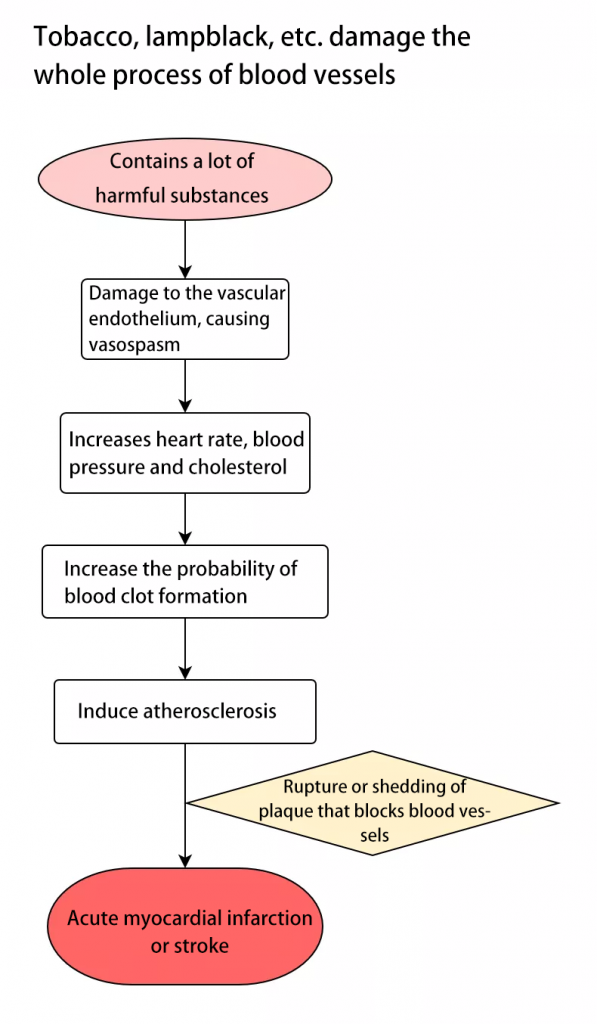
Inhaled oil fume can damage the whole body system
Oil fume contains complex substances, including mixed oil smoke, aerosol and smoke formed by combustion after high-temperature heating of edible oil and food.
The cooking oil in the pot forms oil fume mainly in the following steps:
Smoke: when the oil temperature reaches 170 ℃, the edible oil begins to vaporize and decompose, and micro oil droplets form cyan oil smoke visible to the naked eye;
Smoke diffusion: after food is put into hot oil, water and other components vaporize and rise rapidly, condense into fog, and mix with oil smoke to form oil smoke;
Upgrade to aerosol: when the smoke meets the air in the environment, it condenses into aerosol containing oil fume;
Oil fume surrounds the room: the oxidation decomposition products of mixed food and the smoke and dust generated when the fuel is not fully burned form oil fume.
Among them, PM2.5 particles account for more than 75% of the total amount of oil fume, and also include more than 220 kinds of organic gaseous pollutants, such as benzopyrene, volatile nitrosamines, heterocyclic amines and other carcinogens.
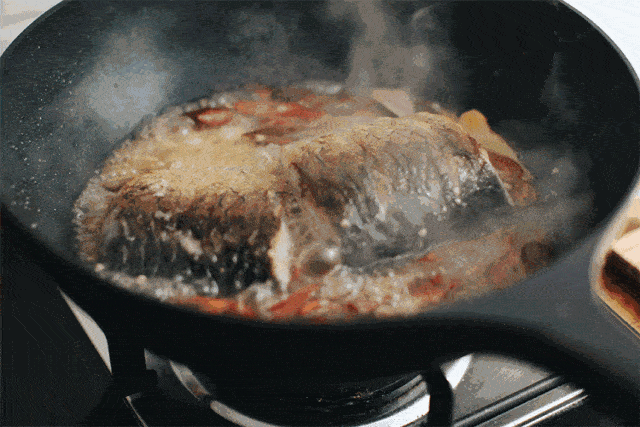
In addition to damaging the cardiovascular system, oil fume can also cause damage to many parts of the body:
Respiratory system
Acrolein in oil fume is a carcinogen and has a strong pungent taste. It has strong irritation to nasal, eye and throat mucosa, and can cause respiratory diseases such as rhinitis, pharyngitis and tracheitis.
Long term inhalation of this oil fume will also lead to the deterioration of asthma and increase the chance of lung cancer.
Skin barrier
Oil fume attached to the skin will affect the normal breathing of the skin, resulting in the decline of skin epidermal factor, vascular growth factor and cell activity.
Over time, the skin will become loose, inelastic, wrinkled, gray and rough.
Nervous system
Harmful ingredients enter the blood circulation through the lungs, which may reduce the function of the human immune system, interfere with the reproductive system and female physiological cycle, affect the normal function of the nervous system, reduce people’s insomnia, anxiety and cognitive ability, and increase the risk of depression.
Does your kitchen smoke exceed the standard?
As the main indoor pollution place, kitchen not only affects food safety, but also relates to the risk of physical diseases. Is your kitchen polluted beyond the standard? 5 steps to check risks.
Whether the combustion color of gas is yellow
Families using gas stoves had better observe the color of gas combustion. The nitrogen dioxide produced has an obvious pungent smell, but nitric oxide has no taste.
If the flame is yellow instead of blue, there is a problem with gas quality, gas stove or surrounding ventilation.
It should be reminded that compared with gas and natural gas, induction cooker and microwave oven heat up quickly, have no open fire, produce less harmful gas and are safer.
Whether the range hood is on when cooking soup and porridge
The function of the range hood is not only to suck the oil fume, but also to suck away the harmful gas produced by combustion.
When the range hood is stopped, as long as a few minutes, the nitrogen and oxygen compounds produced by combustion will exceed the standard by 5 times. Therefore, whether frying, frying, frying, boiling, steaming or stewing, you should turn on the range hood.
Do you turn off the range hood immediately after cooking
When cooking, the window can be opened. After that, continue to ventilate for 10 minutes. At the same time, the range hood should continue to operate for 3 ~ 5 minutes to discharge the residual harmful gas.
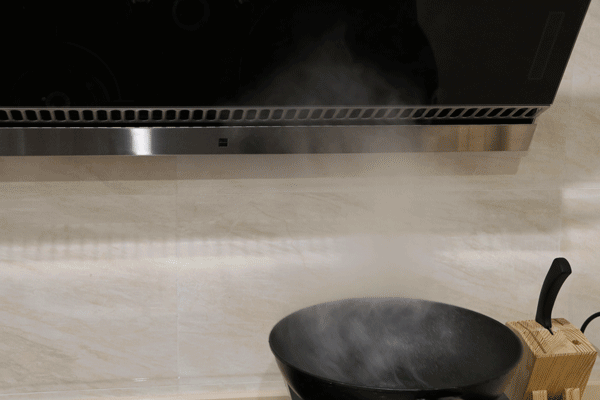
Is the range hood cleaned or replaced regularly
The exhaust force becomes smaller and the oil cup is full. These situations are reminding that the range hood needs to be cleaned.
Generally, the service life of range hood is more than 10 years. The replacement time can be adjusted according to the product description of each model.
Generally, the stronger the negative pressure, the better the absorption effect; The closer the negative pressure port is to the position where the oil fume is generated, the better the absorption effect is. Oil gas separation is also a very important function.
Whether the check valve of smoke exhaust device is replaced in time
When installing the range hood, a check valve shall be installed between the smoke exhaust pipe and the kitchen flue.
When the range hood is used for a long time, a lot of oil will accumulate in the check valve, resulting in its adhesion, which not only reduces the smoke exhaust effect, but also makes it easy for other people’s oil fume to come to their own house. This is the reason why you can smell oil fume when you don’t cook.
In this case, the check valve can be cleaned with detergent or replaced with a new one.
7 measures to minimize the risk of oil fume
In addition to reducing the generation probability of oil fume from kitchen utensils and kitchen settings, according to the PM2.5 Protection Guide for family cooking, several protection measures should be taken:
1. Stewing more and frying less
It is recommended to use stewing, boiling, steaming and other cooking methods. In addition, repeated high-temperature heating of frying oil will produce more oil smoke. It is recommended to be used for low-temperature cooking such as steamed stuffed bun stuffing.
2. Put more ingredients
The study found that cooking for five people in one pot reduced the smoke emission by 80% compared with cooking for one person. The smaller the amount of ingredients, the smaller the contact area with the pot, and the easier it is to emit oil fume.
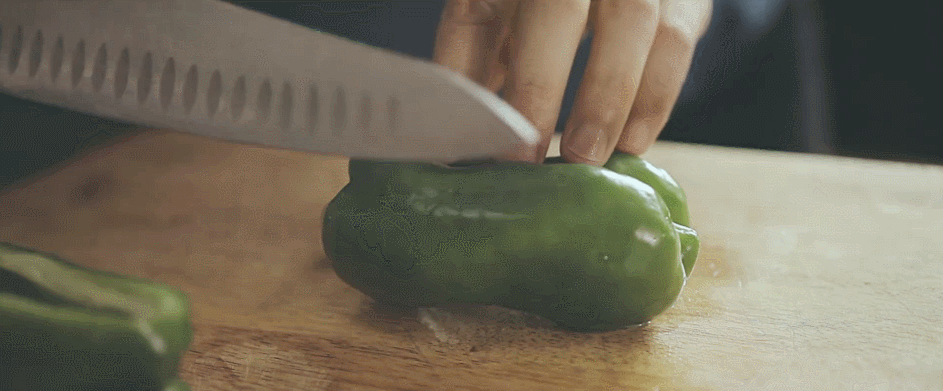
3. Control oil temperature
When the oil temperature reaches 50-60% heat (the oil level fluctuates sharply, and the oil smoke has not been produced), the ingredients should be put in.
If you wait for oil to smoke before putting vegetables, the content of polycyclic aromatic hydrocarbons in oil smoke is equivalent to smoking 25 ~ 70 cigarettes, and the quality of PM2.5 is more than 300 times higher than the recommended practice.
4. Select appropriate oil
It is recommended to use oil with high smoke point, such as rapeseed oil, peanut oil, etc; Olive oil, soybean oil and other oils with low smoke point are best used for cold mixing.
5. Clean the bottom of the pot
If you don’t clean the bottom of the frying pan for a long time, it often forms a thick layer of grease and pot ash, which will be heated repeatedly at high temperature, and a large number of harmful substances will be released.
6. Wear a mask
The common N95 and kn95 masks are generally used for the protection of non oily particles. If you want to block the oil fume, you’d better choose kp95 mask.
7. Air purifier
Some oil fume that cannot be discharged in time will spread to adjacent spaces such as the living room. Therefore, conditional families had better install air purifiers to reduce the risk of oil fume diffusion.
Comments